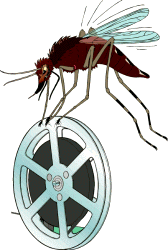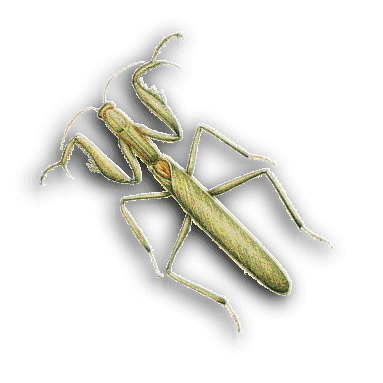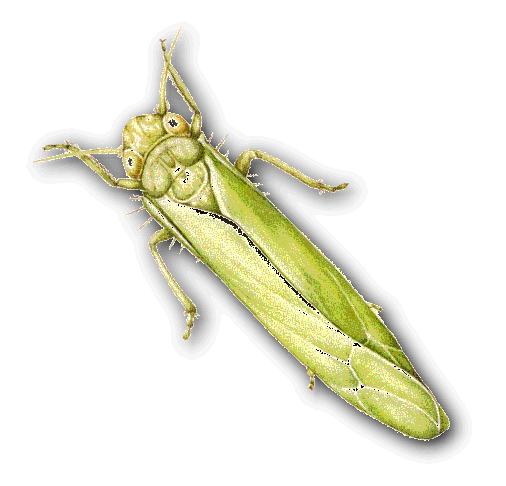ENTOMOLOGY 2040 |

|
ENTOMOLOGY 2040 |

|
VIDEO ON LEAFCUTTER BEES, BUMBLE BEES AND HONEY BEES
VIDEO - LIVING WITH KILLER BEES
VIDEO ON BURYING BEETLES WOOD COCKROACHES AND TERMITES

| Return to Appendix Table of Contents |

| Return to Appendix Table of Contents |

| Return to Appendix Table of Contents |
| Return to Appendix Table of Contents |

| Return to Appendix Table of Contents |

| Return to Appendix Table of Contents |
| Return to Table of Contents |
| Return to Table of Contents |
| Return to Table of Contents |
| Return to Table of Contents |
| Return to Table of Contents |
| Return to Table of Contents |
| Return to Table of Contents |
| Return to Table of Contents |
| Return to Table of Contents |
| Objective: | Gain some familiarity with the Internet and how to search for information. |
| Basic Info: | Internet: complex communication network between computers throughout the world. URL: Universal resource locator: Address of site on Internet. WWW: World Wide Web: A part of the Internet that has text (words), Graphics (pictures and videos) and sound capabilities. Browser: Computer program that "navigates" through the WWW. Major programs include Netscape and Microsoft Explorer. Search Engine: A computer program that searches the Internet for "key words". These engines locate web sites. Home Page: Generally the first or introductory screen that you get when you go to a site. What you need for this project: Computer hooked to the Internet. Using one of the browsers, find a search engine(net search button on most browsers) and search for insect related sites. Sites can not be Biology or Entomology Departments or Cooperative Extension units. Choose an interesting site, investigate it, and if you think it's interesting record the URL and give me a ONE sentence description of the site. That's it!!!! If you'd like, e-mail your URL and ONE sentence. Save trees! E-mail to:
I'll send you a confirmation by e-mail within a day or two.
|
| Possible "keywords": | bug, insect, cockroach, flea, termite, compound eye, wings, ecology, arthropod, tree of life, fly, beetle, wasp, hornet, ant, ladybug, fire ant, genetics, honey bee, parasites, predators, species, spiracles, hemolymph, silverfish. |
| Return to Table of Contents |